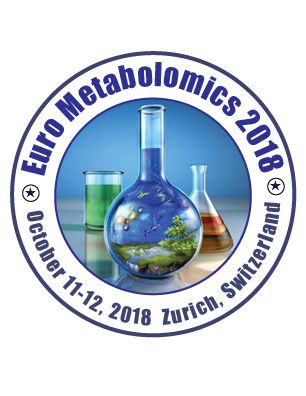
William Hidalgo
Industrial University of Santander, Colombia
Title: Transcriptomic and metabolic analysis of the plant hormones signalling pathways in the resistant “Calcutta 4†and susceptible “Williams†banana genotypes during the interaction with the pathogenic fungus Pseudocercospora fijiensis
Biography
Biography: William Hidalgo
Abstract
Statement of the Problem: Bananas (Musa spp.) represent one of the most important crops throughout the world. Black Sigatoka disease (BSD), caused by the ascomycete fungus Pseudocercospora fijiensis, is still one of the main phytosanitary problems facing the crop.
Methodology: In order to understand the physiological mechanism behind the plant defences in Musa during the interaction with P. fijiensis, a transcriptomic and metabolomic analysis were led with two Musa genotypes differing in their resistance to the BSD development: The susceptible genotype “Williams” and the resistant genotype “Calcutta 4”. RNA-seq with Illumina technology, Nuclear Magnetic Resonance and Mass Spectrometry were the analytical techniques used for sample analysis.
Findings: The results clearly showed a fast and early plant response in the resistant genotype “Calcutta 4”, mainly with the induction of a group of genes and metabolites involved in pathogen recognition, hormonal signal transduction and pathogenesis-related proteins whereas a poor induction of those physiological responses were detected in the susceptible genotype “Williams”.
Conclusion & Significance: Our results support new insights about the role of JA-Et signalling pathways play in the response of
the resistant banana genotype Calcutta 4 during the pathogen attack. Furthermore, it opens the possibility to explore whether
these defence mechanism reported here are similar for other resistant Musa genotypes.

